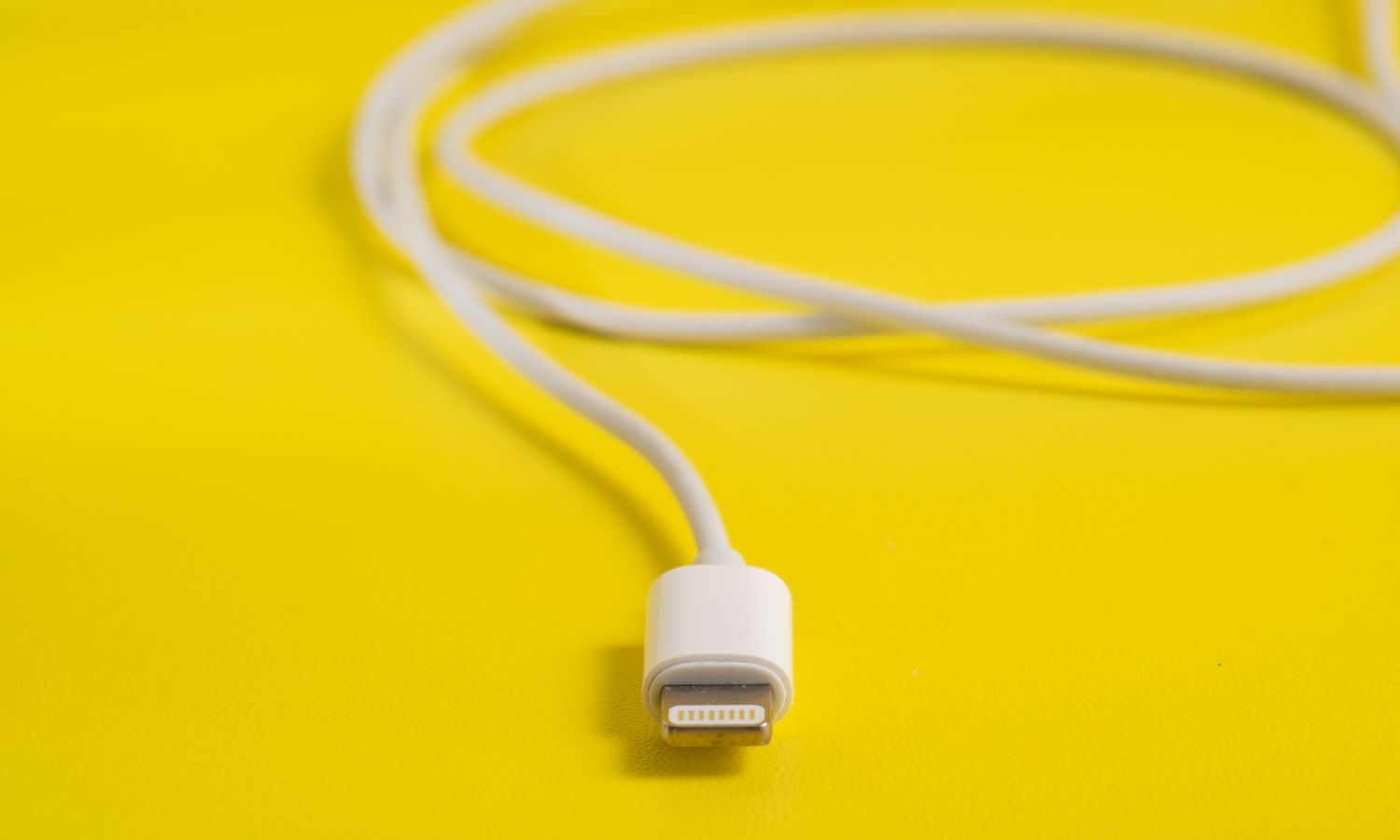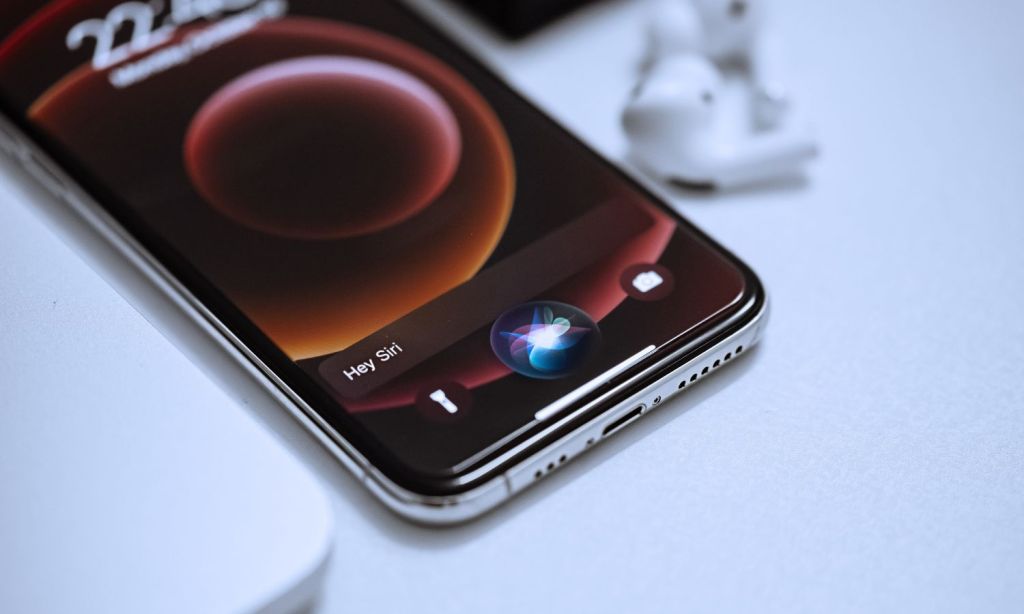Apple is looking to change its hands-free, digital voice assistant experience so that it’ll be prompted by “Siri”, instead of “Hey Siri”. According to Apple insider Mark Gurman of Bloomberg News, the change is currently being tested by Apple employees.
“The company is working on an initiative to drop the ‘Hey’ in the trigger phrase so that a user only needs to say ‘Siri’ — along with a command,” wrote Gurman in his Power On newsletter. “While that might seem like a small change, making the switch is a technical challenge that requires a significant amount of AI training and underlying engineering work.”
“The complexity involves Siri being able to understand the singular phrase ‘Siri’ in multiple different accents and dialects. Having two words — ‘Hey Siri’ — increases the likelihood of the system properly picking up the signal.”
Related: “No Other Choice”: Apple Confirms That Yes, It’s Changing Charging Ports Again
Related: Is Apple’s HomePod Making a Comeback? These Clues Say Yes
The change would be in line with Amazon’s Alexa, which requires its users simply say “Alexa”, rather than “Hey Alexa”. Google, however, uses “OK Google” or “Hey Google”, though it’s been working on letting its users make follow-up requests without having to repeat the wake word. By taking away “Hey” in “Hey Siri”, Apple would also speed up actioning back-to-back requests.
Gurman reports that the tech giant has been working on the change for several months, testing the simplified wake word with its employees and collecting the necessary training data. If all goes to plan, it should roll out the switch either next year or the year after.
Apple is apparently also working to further integrate Siri into third-party services and apps so it can provide more context and assistance to users, Gurman says. The digital voice assistant is used on iPhone, iPad, Mac, Apple Watch and HomePod.
In other Apple news, in October, it confirmed it would be bringing out an iPhone with a USB-C port to comply with a new European Union law. Apple currently uses a Lightning port instead of a USB-C port for its iPhones.
The law states that by the end of 2024, all mobile phones, tablets and cameras sold in the EU will have to be equipped with a USB Type-C charging port. By creating a single charging standard for mobile devices, the EU hopes to cut down on electronic waste and eliminate cable clutter.

“Obviously we’ll have to comply, we have no choice,” said Greg Joswiak, Apple’s senior vice president of worldwide marketing, when he was asked about the charging situation at a conference.
Joswiak didn’t say whether iPhones and other Apple products outside of the EU would also have the USB-C port, simply that “the Europeans are the ones dictating timing for European customers”.
“We think the approach would’ve been better environmentally, and better for our customers to not have a government be that prescriptive,” Joswiak said.







